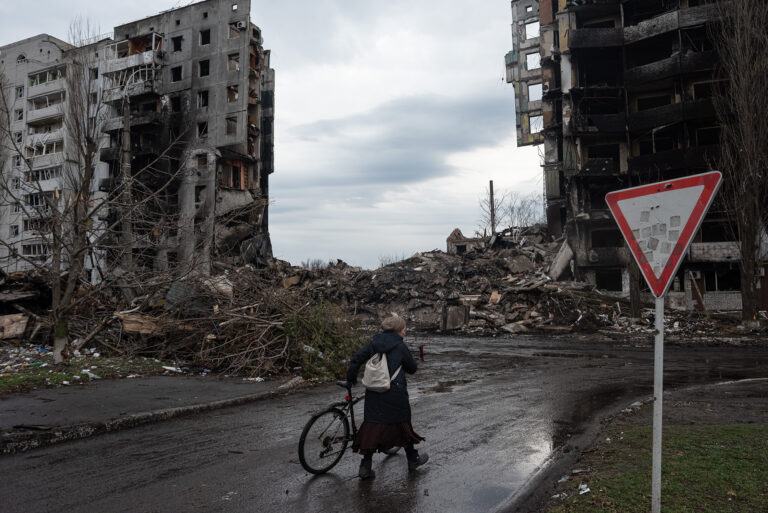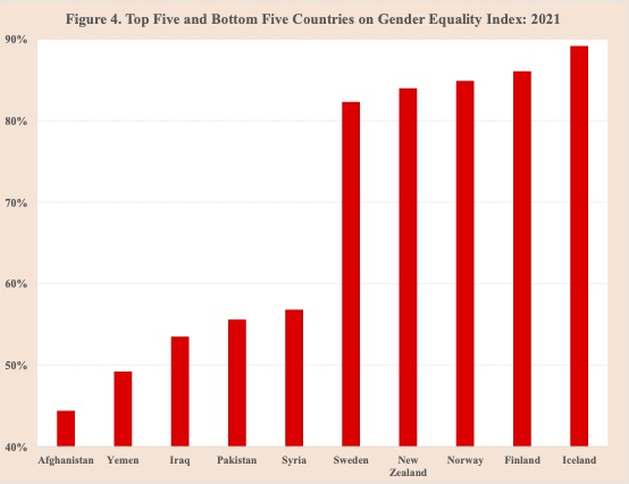After northern distraction, Russia steps up attacks on Ukraine’s east | Russia-Ukraine war News
Russia has intensified its attacks on the strategically important town of Chasiv Yar and other targets in Ukraine’s east, taking advantage of the fact that some Ukrainian units were diverted to fight its new incursion in the northern region of Kharkiv.
But Ukraine held the line during the past week, recapturing Russian footholds in Chasiv Yar.
Should the town fall, military observers say, it would put Russian forces in a position to attack the last remaining free cities in Donetsk – Kostiantynivka, Druzhivka, Sloviansk and Kramatorsk – which form Ukraine’s main line of defence in the region.
Ukraine also unleashed waves of aerial and naval drones, striking Russian refineries, oil depots, airfields and ports, and sinking the last missile carrier Russia had in the Black Sea.
Ukrainian officials have warned that they expect further waves of attacks in Kharkiv, and some observed a new build-up of Russian troops on Russian soil north of the city of Sumy, a possible indication of a new incursion.
But so far Ukraine has managed its slender resources efficiently enough to thwart Russia at every turn.
Russian forces unleashed a company-sized mechanised assault in Chasiv Yar on May 17 and 18, including two tanks and 21 infantry fighting vehicles. Ukrainian President Volodymyr Zelenskyy said at least 20 of the vehicles were destroyed.
The Institute for the Study of War (ISW), a Washington-based think tank, said it was the first assault of such ambition in six weeks, as Russian forces sought to exploit the pressure on Ukraine’s defenders from their incursion in Kharkiv.
“Ukrainian forces have recently transferred elements of a Ukrainian brigade defending in the Chasiv Yar area to the Vovchansk area, and Russian forces have likely intensified offensive operations near Chasiv Yar to quickly take advantage of weakened Ukrainian defences,” said the ISW.
Zelenskyy told Reuters that the Russian incursion in Kharkiv had been stabilised, whereas the real fight was in the east.
“No one even notices that there are actually more battles in the east of the country, specifically in the Donbas direction: Kurakhove, Pokrovsk, Chasiv Yar,” he told the news agency.
The main thrust of the Kharkiv offensive was directed at Vovchansk, about 40km (25 miles) northeast of Kharkiv city, where Russian troops made gradual inroads throughout the week, but still only held about a quarter of the town.
A second Russian line of attack in Kharkiv was trying to reach the village of Lyptsi, but Zelenskyy said Ukraine had stalled both efforts 5-10km (3-6 miles) from the Russian border, less than two weeks after the May 10 incursion.

The Economist revealed details of an undated invasion plan that called for Russian forces to have reached a point 16km (10 miles) from the border within 72 hours, in order to be within shelling distance of Kharkiv.
Details began to emerge about how Russia had managed to get even as far as it did.
A Ukrainian officer told the Washington Post that Russian electronic warfare jamming had blinded the surveillance drones it flies daily along the border in the hours leading up to the invasion, delaying the mobilisation of defences.
The mayor of Vovchansk, Tamaz Gambarashvili, also told the New York Times that for months before the invasion, a combination of Russian drone surveillance and artillery fire harassed Ukrainian soldiers trying to build trenches and concrete bunkers, leaving the first line of defence unprepared.
“Russia was constantly shelling everything we were building,” he said.
Zelenskyy sought to reassure Ukrainians at a media conference: “This is the first line – a line built in the war, under constant fire, by our military. The first and second lines are built by the military, the third line is built by local authorities. It is the most powerful – not because they are better than the military, but simply because it is further from weapons, from shells, from shelling.”
At the same time, Zelenskyy reportedly stepped up pressure on Washington to allow Ukraine to use United States-supplied weapons inside Russian territory.
So far Britain is the only NATO member that has explicitly said Ukraine may do so, and publicly US Defense Secretary Lloyd Austin reiterated the Washington line.

But military observers say defending Ukraine is impossible if Russia can marshal its forces on the other side of the border immune from strikes.
“The Russian Air Force can strike no fewer than 2,480 Ukrainian settlements in Chernihiv, Sumy and Kharkiv [regions] together without ever leaving Russian airspace,” wrote George Barros at the ISW.
“Ukraine cannot defend its frontline positions from Russian glide bombs so long as Ukraine cannot intercept Russian aircraft in Russian airspace with US-provided air defence systems.”
Ukraine has been able to use its domestically built drones to attack Russia and US-made weapons to attack Russian-occupied Crimea and did so to great effect during the past week.
Ukraine attacked the Belbek airfield in western Crimea on the night of May 14-15, probably using US Army Tactical Missiles (ATACMS).
Russia’s defence ministry said it had shot down 10 of the missiles, but Ukrainian journalist Yuriy Butusov said a MiG-31 aircraft and two air defence systems were destroyed, and three Sukhoi Su-27 aircraft were damaged.
More missiles struck Belbek the following night. The partisan movement Atesh said its agents had confirmed “many hours of subsequent detonation of the main missile and artillery weapons warehouse.”
The following day Ukrainian military intelligence and security sources told Suspilne, the public broadcasting company of Ukraine, that their drones had struck the ports of Novorossiysk in Russia and Sevastopol in Crimea, and the Tuapse refinery in Russia.
The attack was massive. Russia’s defence ministry said it had destroyed 123 aerial drones and 25 naval drones.
On May 19 three ATACMS missiles hit a vessel in Sevastopol, and Ukrainian drones hit the Slavyansk refinery and the Kushchyovskaya airfield, both in the Russian border region of Krasnodar Krai, to the east of Crimea. Intelligence sources told Suspilne the drones had damaged several aircraft and several distillation columns.
Further afield, near Leningrad, a sabotage operation appeared to have detonated fuel tanks at the Vyborg oil depot.
Ukraine’s crowning achievement of the week may have been to sink the Tsyklon, a Karakhut-class missile carrier – apparently the ship that was struck by ATACMS missiles in Sevastopol. Ukrainian Navy spokesman Dmytro Pletenchuk said it was the last remaining missile carrier of its class in the Black Sea.

Check out our Latest News and Follow us at Facebook
Original Source







